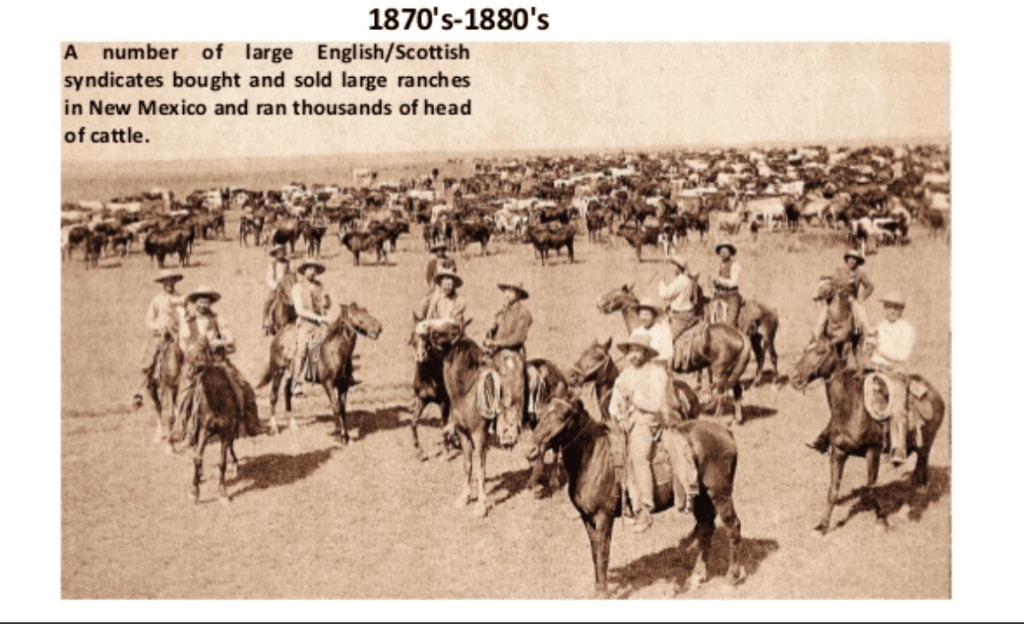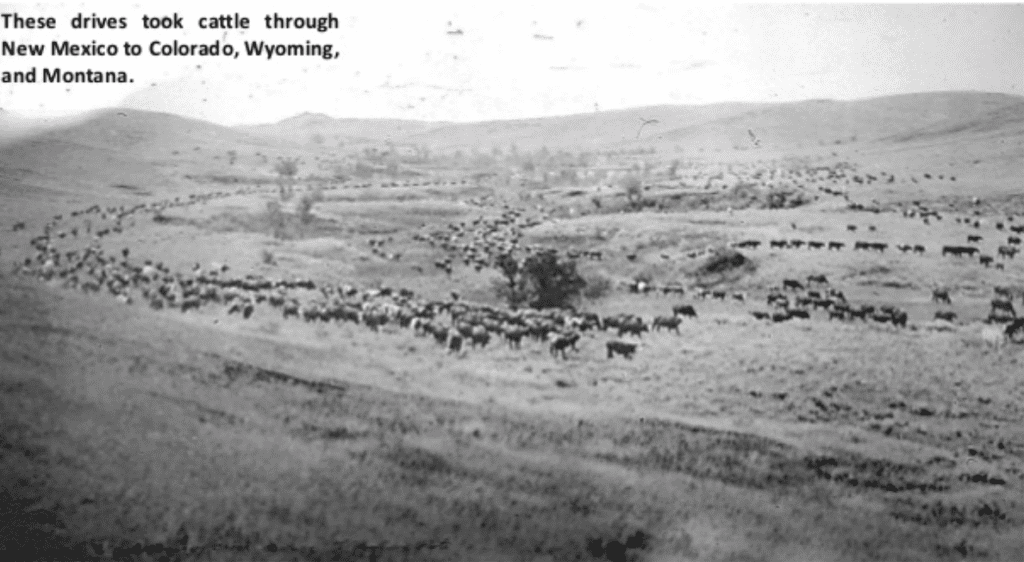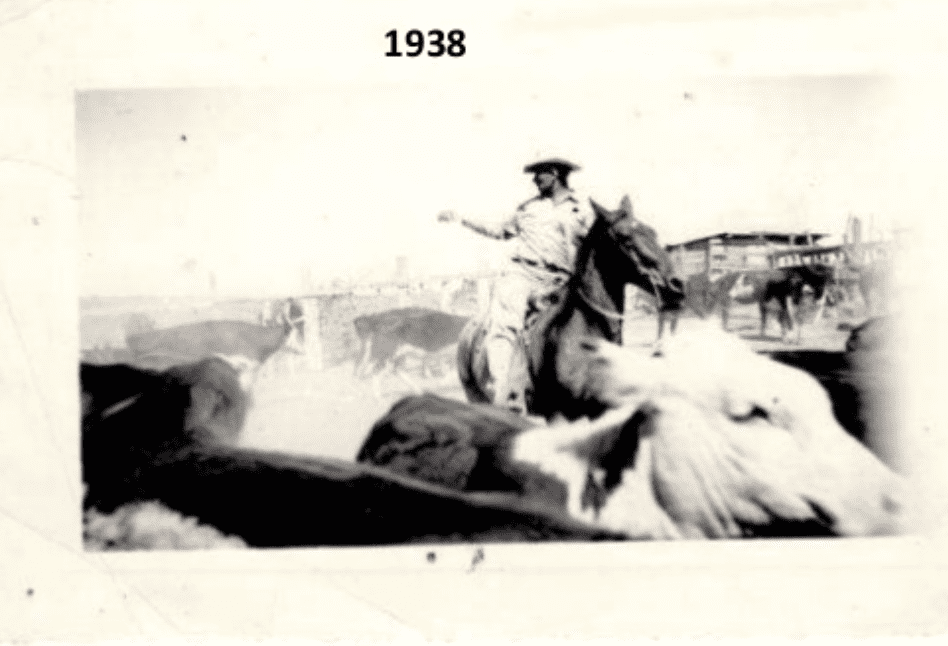
James McCarthy demonstrates, through a case study of theWise Use movement, that the insights and tools of political ecology have much to offer in the study of First World resource conflicts. He uses theories and methods drawn from the literature concerning political ecology and moral economies to argue that many assumptions regarding state capacity, individual and collective identities and motivations, and economic and historical relations in advanced capitalist countries are mistaken or incomplete in ways that have led to important dimensions of environmental conflicts in such locales being overlooked.
Some preliminary thoughts:
1. environmentalists and artists need to get on the land, interview stakeholders, understand systems at work in order to have any legitimacy as critics, or offer “fair” input.
2. Malheur and Bundy’s local claims in Nevada seem maniacal, but their rage is fueled by a sense of dispossession and deep buy-in to the stories they have been told and continue to promulgate about ancestral rights. The Wise Use arguments (stories) are masterfully edited to omit several key “figures,” primarily indigenous land use and lives, and their complexly dependent relationship to BLM land leases, which, contrary to the myths they prop up, are still being rented to them at 1980’s rates (thus the ugly term “Welfare Ranching.”)
3. Rebecca Solnit in her book River of Shadows asserts that “time in the nineteenth century was transformed from a phenomenon which linked humans to the cosmos to one linking industrial activities to each other. This transformation changed the way humans imagined their world.” (sparknotes) The rise of technological/land/ed identity can be seen in the westward expansion of trains, in the rise of the proto-entertainment industry (the book is focused on the works of Eadweard Muybridge, and his contributions to the formation of the West’s image, and its export back east. This image gives rise to Western identity (or possibly identities). This is a hunch on my part: time, the synchronization of time, which of course has exploded into a capital G Global sensibility is at odds with the mythos of the West that persists.
The experience of time was itself changing dramatically during Muybridge’s seventy-four years, hardly ever more dramatically than in the 1870s. In that decade the newly invented telephone and phonograph were added to photography, telegraphy, and the railroad as instruments for “annihilating time and space.”
[…]
The modern world, the world we live in, began then, and Muybridge helped launch it.
[…]
His trajectory ripped through all the central stories of his time — the relationship to the natural world and the industrialization of the human world, the Indian wars, the new technologies and their impact on perception and consciousness. He is the man who split the second, as dramatic and far-reaching an action as the splitting of the atom.
This may seem incoherent with the McCarthy article!
But I believe this mismatch of image, technology, and time is at work in the construction of all our contemporary ideas about American ourselves.
Plus elisions, for convenience of story.
Before the new technologies and ideas, time was a river in which human beings were immersed, moving steadily on the current, never faster than the speeds of nature — of currents, of wind, of muscles. Trains liberated them from the flow of the river, or isolated them from it. Photography appears on this scene as though someone had found a way to freeze the water of passing time; appearances that were once as fluid as water running through one’s fingers became solid objects… Appearances were permanent, information was instantaneous, travel exceeded the fastest speed of bird, beast, and man. It was no longer a natural world in the sense it always had been, and human beings were no longer contained within nature.
Time itself had been of a different texture, a different pace, in the world Muybridge was born into. It had not yet become a scarce commodity to be measured out in ever smaller increments as clocks acquired second hands, as watches became more affordable mass-market commodities, as exacting schedules began to intrude into more and more activities. Only prayer had been precisely scheduled in the old society, and church bells had been the primary source of time measurement.


The McCarthy piece points out that when we look at ‘developing nations,” we sympathize with the local population of resistors who do not want centralized or outside management, but when we look at the western US, especially Wise Use, we feel no sympathy, are critical. Why is that?
It FEELS like this binary—the marginalized local population, losing its way of life, with little political voice at the federal level VS the urban elite, the outsider, whose values and disposable income for travel & tourism is significantly higher, and who has strong aesthetic attachments to the American West as a landscape we must preserve and “treasure”—is a close kin to what is playing out violently, nationally, in the Trump era.
The concept of marginality is thus central in the second instance, and nearly irrelevant in the first. This geography of motivations is questionable. Considerations of livelihood and social reproduction in fact figure centrally in struggles over access to and control over rural lands and environments in the United States.
Such uses and considerations contribute to the fact that many rural primary
commodity producers in the United States believe themselves to be marginal. They are correct in some respects. To be sure, most are in little danger of dying as a result of loss of access to natural resources—thanks mainly to state entitlements. They recognize, however, that they constitute a very small fraction of the population (less than a quarter of the US population is rural, and only about 3% of its workforce is in primary production). This means a relative lack of political power and influence. For instance, the number of households producing commodities from federal lands is dwarfed by the
number of urban environmentalists who value such areas as spaces of consumption.
McCarthy centers his questions around the concept of a Moral Economy:
A theoretical source especially relevant to the present case is E P Thompson’s seminal work on struggles over forest resources, class formation, and the concept of a `moral economy.’ Thompson examined the struggles inherent in shifts from vestigial feudal rights and class relations to modern, capitalist ones. Moral economies figure centrally in this dynamic, arising as defensive alternatives to capitalist modernity. The originator of the term, E P Thompson (1993), saw moral economies as constructed largely as alternatives to the economic relations of modern capitalism. I would like to suggest, by contrast, that human—environment dynamics in the heart of capitalist modernity include ongoing struggles over nature, including ongoing resistance to the perennial dynamics of capitalism in the form of newly articulated moral economies.
A clear moral economy was visible in Wise Use’s claims on federal lands. It was not about survival, redistribution, or risk minimization, as most moral economies are, but it did offer a coherent view of how economic and other social relations on federal lands should be structured, in ways that focused on the maintenance of livelihoods and social reproduction, departed substantially from capitalist ideals, and had strong normative and traditional elements. The pivotal question for its participants was not so much whether they could make a living at all, as how they would make it
(identity matters; same with coal miners).
They remained committed to making it through commodity production on federal lands. The central tenets of this moral economy were that: (1) federal lands exist primarily for the use and benefit of adjacent rural communities and (2) commodity production on federal lands was essential to the health of those communities.
on the other side:
…Many environmentalists eagerly participate in the construction of rural primary production as marginal, backward, and inefficient: in the course of conducting research on the Wise Use movement I several times had environmentalists explain to me that I had to understand that “it’s the stupid ones who can’t deal with change that stay on the ranch’’On the aesthetic front, the power exerted over rural landscapes and populations by extralocal aesthetic criteria is a central dynamic in many Third and First World contexts. The rapidly growing importance of nature-based tourism around the globe means that aesthetic criteria for nature are important factors in the material reshaping and commodification… of many of the most prized `natural’ landscapes in the American West and other FirstWorld countries. In short, extralocal aesthetic criteria backed up by purchasing power are transforming environments around the globe…to the detriment or against the will of local users.
Although many critics reduced Wise Use to a straightforward exercise of corporate power for economic ends, complex cultural politics were in fact at the heart of the movement. Its defense of particular property relations, subsidies, and entitlements on federal lands rested not on a legal, economic, or ecological foundation but on a set of arguments about culture.
Culture and customs, as defined by Catron County Commissioners,
“…is a practice or belief established over a long period of time that is adhered to by a society. The people are inseparable from their culture. In the County Movement, the term culture pertains to the land use culture of a society. `Society’ is defined as the citizens of a county. The land use culture stems from a complex web of land uses, practices, values, and beliefs. Each county is unique and many hold a different land use culture than other counties. Catron County…defined their land culture as the belief that land should be properly stewarded and used to obtain a sustained harvest of natural resources. This belief is in opposition to the practice of the preservation or nonuse of the land. In other words, the people of Catron County believe the land should be wisely used to produce food and fiber and to extract needed minerals from the earth.
Customs are the way people implement their culture—the way they traditionally use the land, make a living, and act toward each other. Customs are the visible and tangible manifestations of the shared beliefs that bind a group of people into a community. In law, customs consist of `long established practice or usage, which constitutes the unwritten law, and long consent to which gives it authority.
(County Commissioners, 1993, pages 1- 2).
McCarthy highlights the fact that
claims regarding culture and identity remained central to environmental politics in the late-20th-century United States.
McCarthy concludes with this:
The imperatives of capitalism necessitate ongoing attacks and outrage against sustainable, democratic, egalitarian relationships within human communities and in human uses of nature at all scales. These insults to a wider range of human sensibilities and commitments than afforded space within strictly capitalist logic will continue to provoke new moral economies (in the sense of backlashes against further commodification, subordination of society to the market, and disruptions of culturally specific forms of capitalism) as new rounds of investment and commodification disrupt established relations.
May I add that people pay taxes and feel federally held lands belong to everyone’s interests? And that BOTH sides— environmentalists’ who fight to keep resource extraction out of public lands, for the sake of the planet’s health, and Wise Use activists view that federal lands should support rural communities and allow them to retain culture, customs, and livelihood with wisdom that comes from such historical and ongoing intimacy with the land—are likely to be pawns of systemic capitalism, controlled from outside, with a view to control and extract dollars, from data to diesel, from copper to cows to campers. I know that is not quite right — let’s discuss!